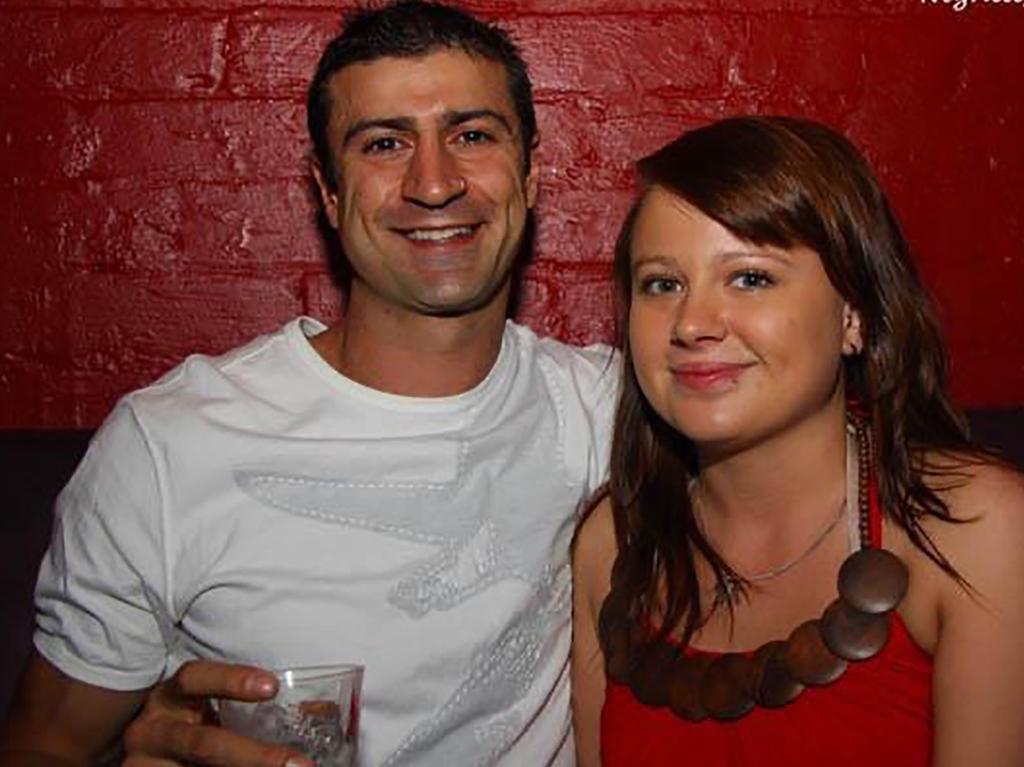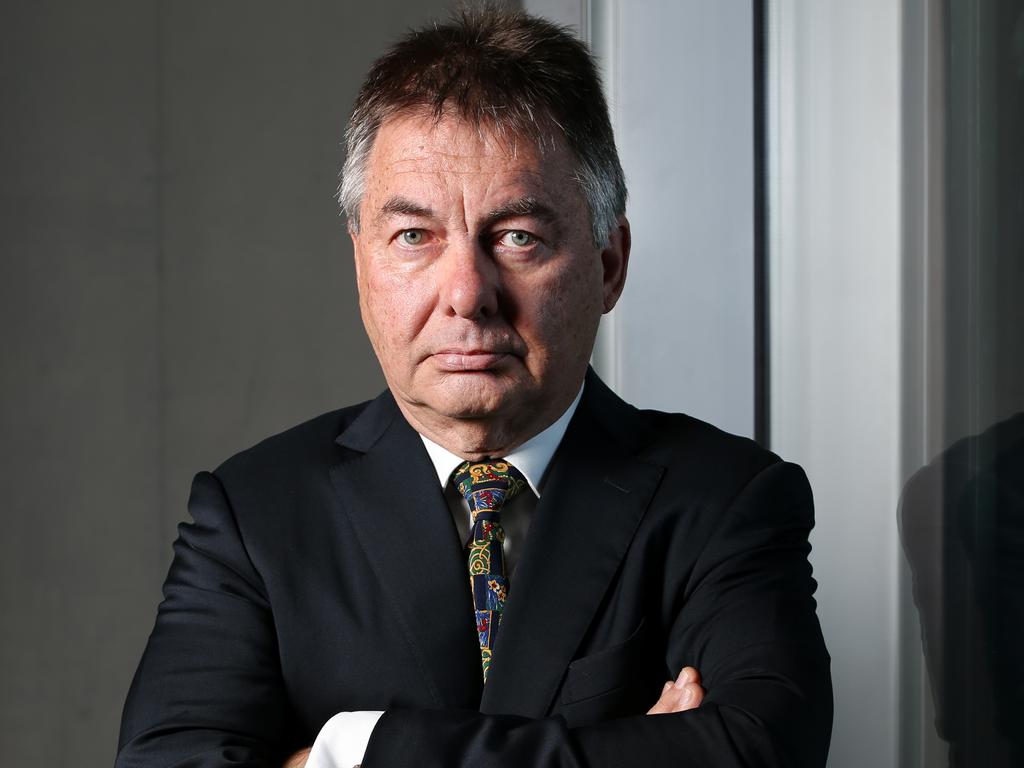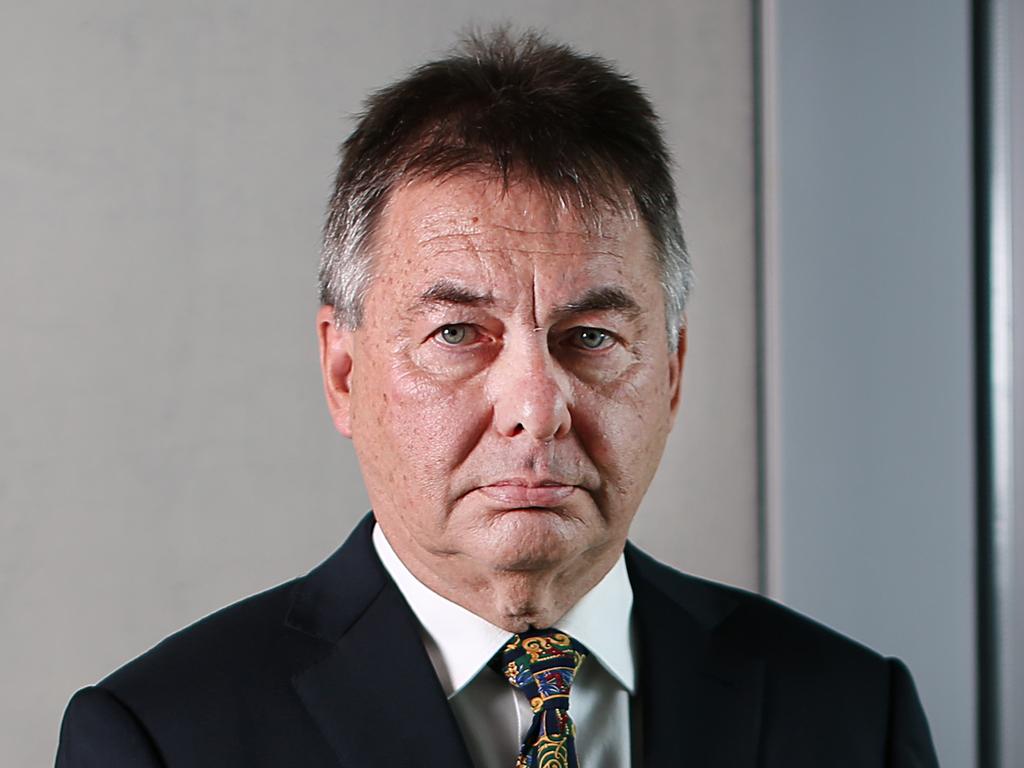Queensland DNA lab testing was ‘factory-style’ inferior, Inquiry told
The head of the Queensland police DNA unit believes the state-run forensic laboratory gave wrong advice and skewed data, inquiry told.
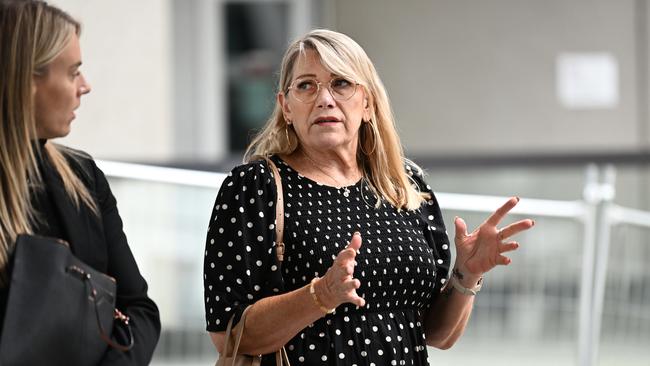
The head of the Queensland police DNA unit believes the state-run forensic laboratory gave wrong advice and skewed data to convince police to agree to an unusually high testing threshold, which meant thousands of crime scene samples were ignored for years.
Police were given a report, written by two lab managers in 2018, that said the success rate of testing samples below the threshold was less than 2 per cent. Years later, police would learn the success rate was as high as 66 per cent in sexual assault cases and 30 per cent in other major crimes.
Inspector David Neville told a royal commission-style inquiry that when police agreed to the new threshold in 2018, they did not understand it would mean samples with a good chance of producing partial or full DNA profiles would go untested.
The veteran police officer, who has a masters degree in science, told the inquiry the report was “very difficult to read”.
Kylie Rika, a senior scientist at the lab, suspected at the time that police would not understand the report.
“Given the amount of confusion, for me as a scientist that works within the lab, what chance would QPS have in understanding everything that went into the proposal of those options,” she told the inquiry on Tuesday morning.
Before January 2018, samples with low levels of DNA were concentrated by scientists to improve the likelihood of obtaining a useful DNA profile. This process was stopped after the report by managing scientist Cathie Allen and team manager Justin Howes claimed the chance of finding new evidence from concentrating samples was less than 2 per cent.
Inspector Neville said he now believed “The success rate is way higher … in excess of 30 per cent. The 2 per cent, I don’t know how that was derived, but I believe it was inappropriate.”
He said he believed the data presented to police by Ms Allen and Mr Howes was “skewed” and brought down the success rate.
The inquiry has heard that the new threshold was introduced, in part, to save time and money.
At the second day of public hearings, the inquiry also heard the lab adopted an inferior “factory style” approach to testing crucial evidence from violent crimes five years before Shandee Blackburn was brutally murdered on her walk home from work.
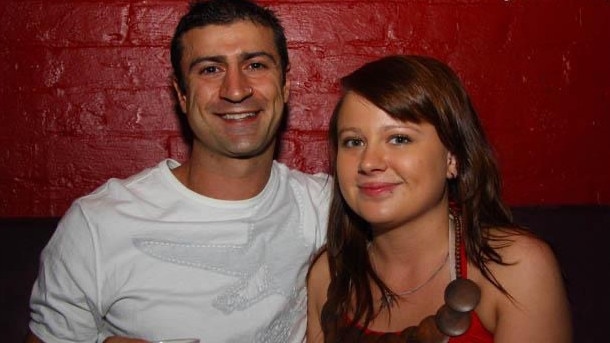
Ms Rika revealed her worries that a management decision to provide the lab with test tube sample evidence rather than actual items, such as knives from murders and underwear from sexual assault cases, lessened the chances of finding probative DNA evidence.
The major departure in the way the lab operated began in 2008 and meant that scientists became part of what they described as a “production line”, rather than being able to case-conference with detectives and discuss different ways of obtaining evidence from the physical items.
Asked by Commissioner Walter Sofronoff KC, who is overseeing the inquiry, whether this was so laboratory staff “did not have to waste time thinking”, Ms Rika replied “Yes”.
The 2008 changes meant police would take over the preparation of samples for examination, such as cutting a cloth from a pair of jeans, to free up scientists in the lab to concentrate on other work.
Many of the potentially crucial forensic evidence samples from Blackburn’s 2013 slaying were not fully tested by the lab, including a blood-soaked shirt found near the crime scene and a knife police considered could have been the murder weapon.
Do you know more? Email shandee@theaustralian.com.au


